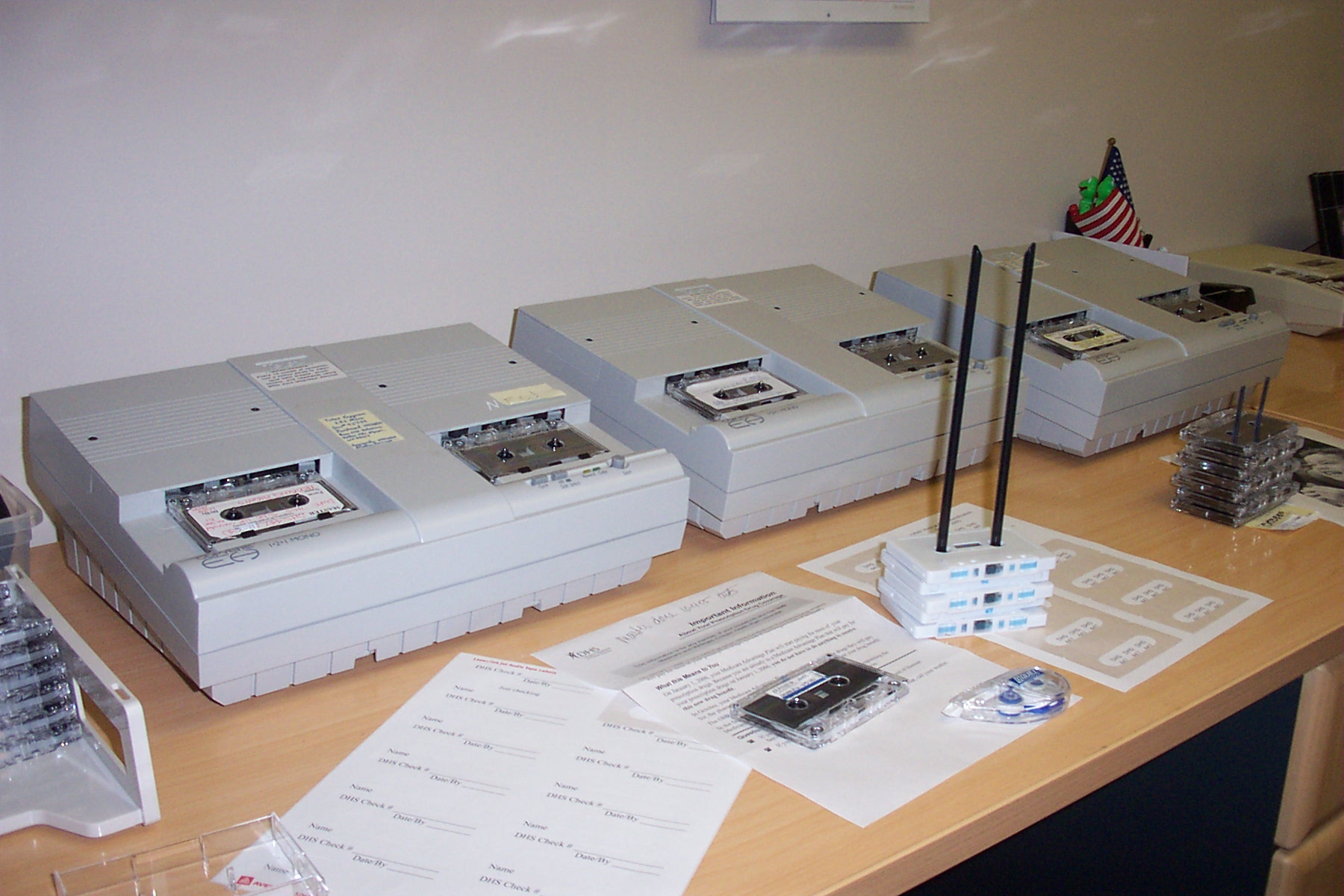The creation of an adequate sound studio for producing audio recordings must take several things into consideration:
» Wall density
» Room size
» Reverberation or “liveness”
Sound travels the path of least resistance when it is changing from one transmission medium to another – air to brick, wood to glass. Next, the human ear is most comfortable hearing some degree of reverberation or “liveness” when listening to a recording since such liveness is present in every space in which sound occurs naturally. Liveness becomes echoes when distances are large enough and surfaces are hard enough.
The ideal sound studio for reading audio narrations is in a room with heavy walls (brick, concrete or the like), is about 4 by 5 feet, has an “airlock” door structure (two doors with 3 to 6 inches of air space between) and has a fair amount of sound absorbing material either built into or attached to the wall.
The heavy walls keep sound from coming through the walls unless the sound is made by an impact right on the wall. The airlock doors keep sound from being transmitted from the hall outside through one door into the space. The addition of the air space and the second door makes it more difficult for the sound to enter the inside space. Finally sound absorption is necessary to some degree since even in a 5 by 5 room with a 7-foot ceiling, there are lots of hard surfaces and corners to create liveness.








Speak Your Mind